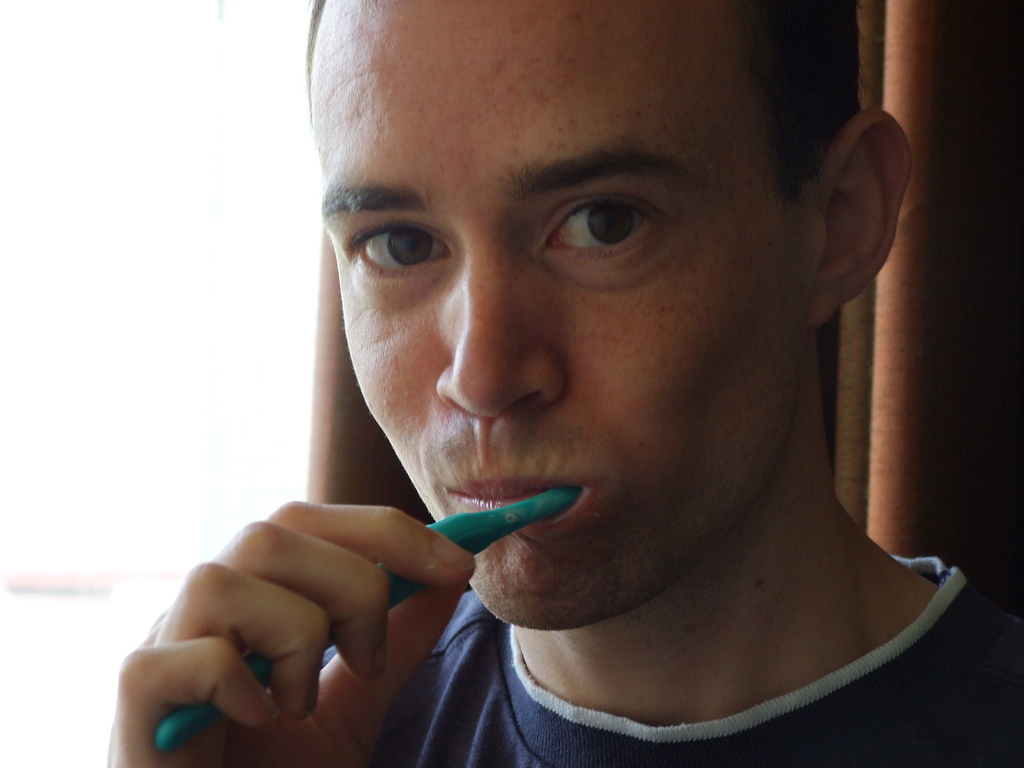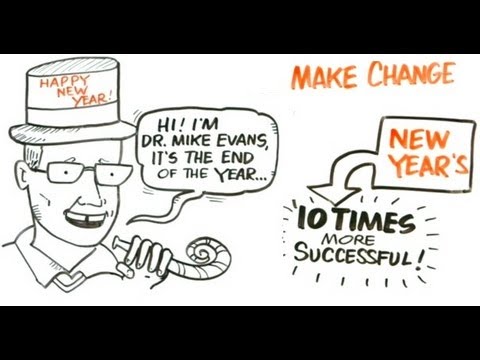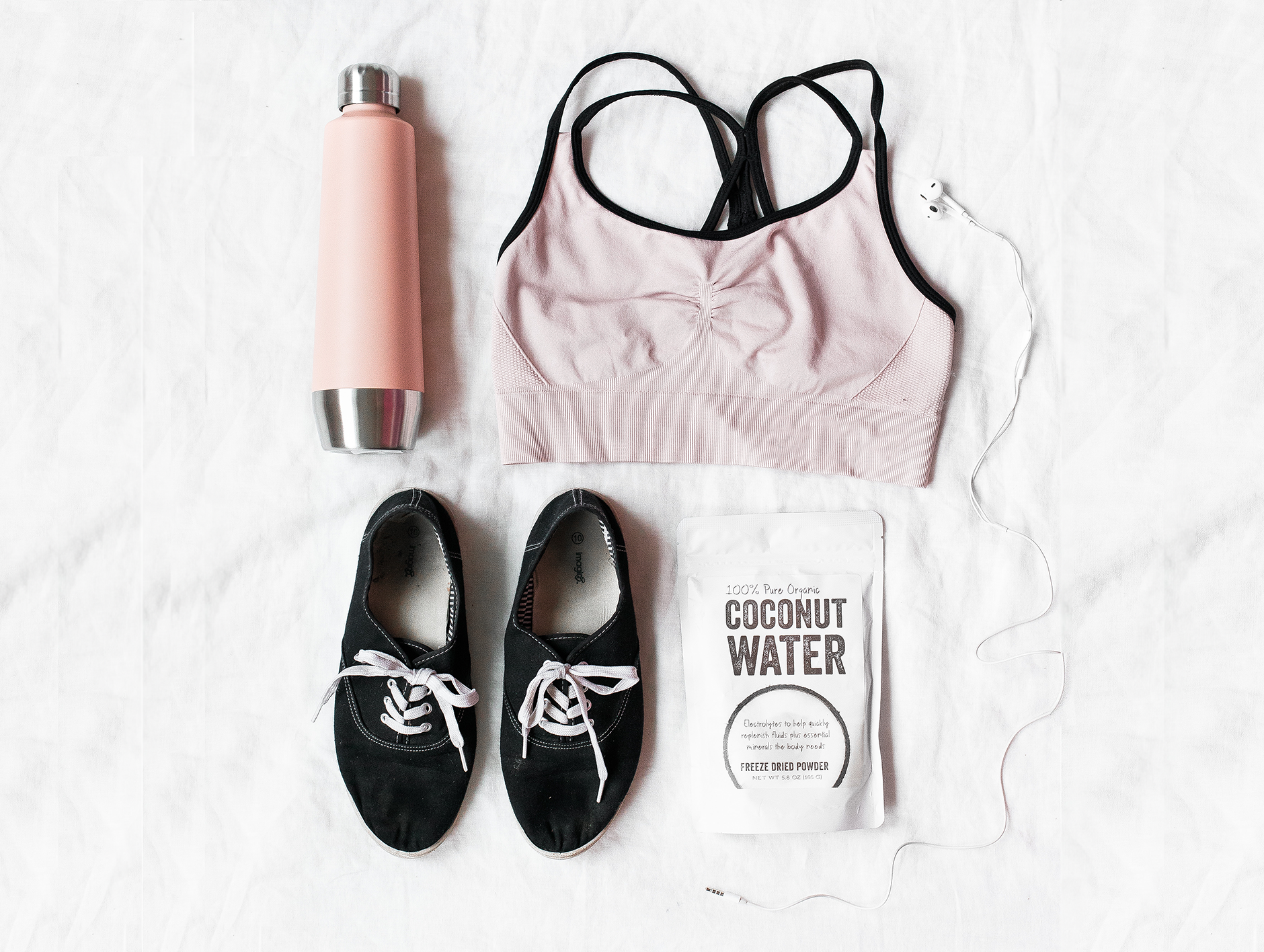These days, you can have both an actual life AND a life you present to others that’s been optimized for your audience. There can be what really happened, and ALSO what happened as captured on Instagram or Facebook or Snapchat. There’s how you really look, and how you look after you whiten your teeth or crop out that belly fat. There’s how you actually feel after a workout (sore, depleted, out-of-shape?) and what you post about your latest exercise class (OMG! I am so sweaty and inspired after SoulCycle!!)
Although you may not go out of your way to create a complete facade of awesome for your online persona, the lure of wishful thinking is real. Slowly, the filtered colors (lark? lo-fi?) of a funnier, sexier, more intelligently-lived life can take over.
Online, it’s a perception game. But is that game bleeding over into your offline life? What happens when you fib to your coworker about how great your weekend was (why not be consistent with what you posted on Instagram?) when actually, your weekend sucked and you’re feeling pretty depressed and anxious. So what?
You may not want to reveal that you and your significant other had a major fight over the weekend, but if you pretend that you are okay — and you’re not — you’ll probably make the people around you feel worse, too. Research shows that when we accept and let ourselves feel (and even express) what is going on emotionally for us, our overall happiness increases and depression decreases. (Ironically, research shows that people who regularly suppress difficult emotions tend to experience more negative emotions overall.)
A consistent benefit of letting ourselves feel what we feel is that our relationships tend to improve. Click To Tweet
A consistent benefit of letting ourselves feel what we feel is that our relationships tend to improve, sometimes dramatically. For example, the less often that people report suppressing their emotions over a two-week period, the better they tend to feel about their relationships over the course of three months. This sort of authenticity predicts the tendency to avoid destructive behavior in intimate relationships. More than that, it predicts greater relationship quality overall.
Why?
Because authenticity creates intimacy. Research shows that people in romantic relationships are most intimate with and most committed to romantic partners who see them as they see themselves; connection and intimacy in our relationships depend on our feelings of being understood. In other words, when our romantic partners see us the way that we see ourselves — which they can only do if we don’t hide our feelings or pretend to be better than we are — our relationships last longer and are more fulfilling.
Take Action: This week, show someone who you really are.
Join the Discussion: What benefits have you experienced from showing people who you really are? When has pretending backfired for you or someone you know?
* * * * *
If you want closer friendships and better relationships, consider joining my Brave Over Perfect coaching group. This is a great time to join, as you’ll get two themes for the price of one.
All three Habits & Resolutions call recordings and resources will stay up until the end of February. We’ll kick off March with some of the best research-based advice related to relationships and marriage. Learn more or enroll now.











